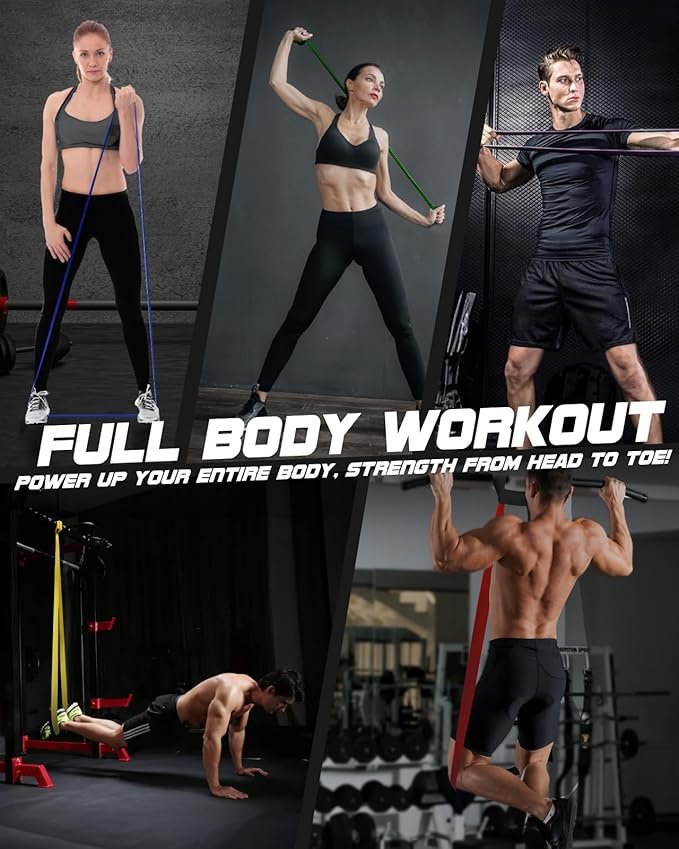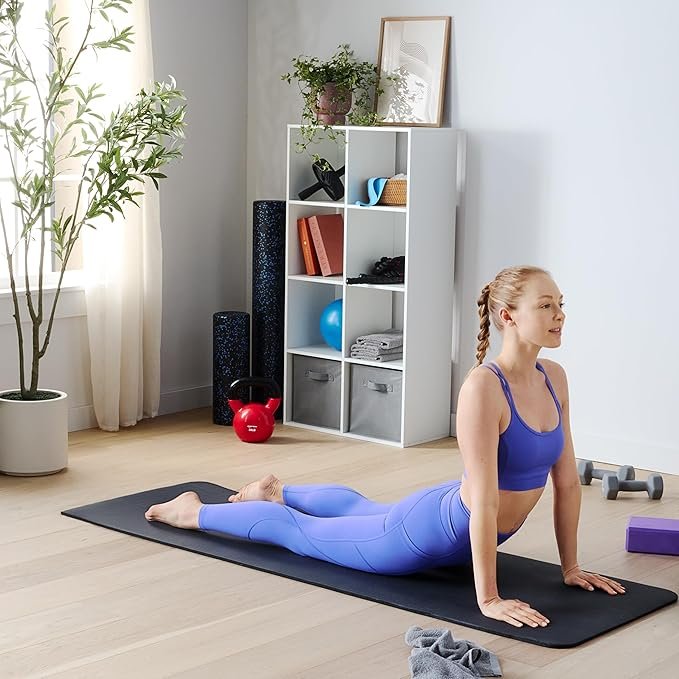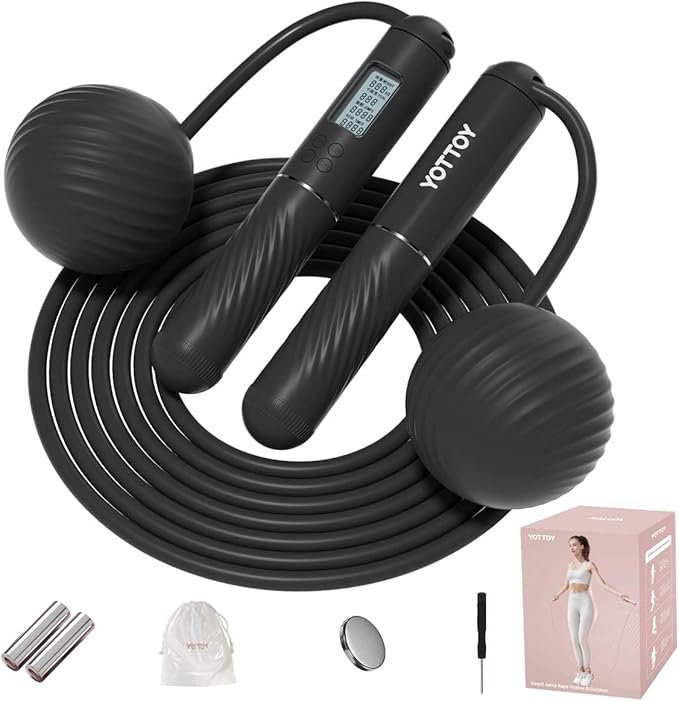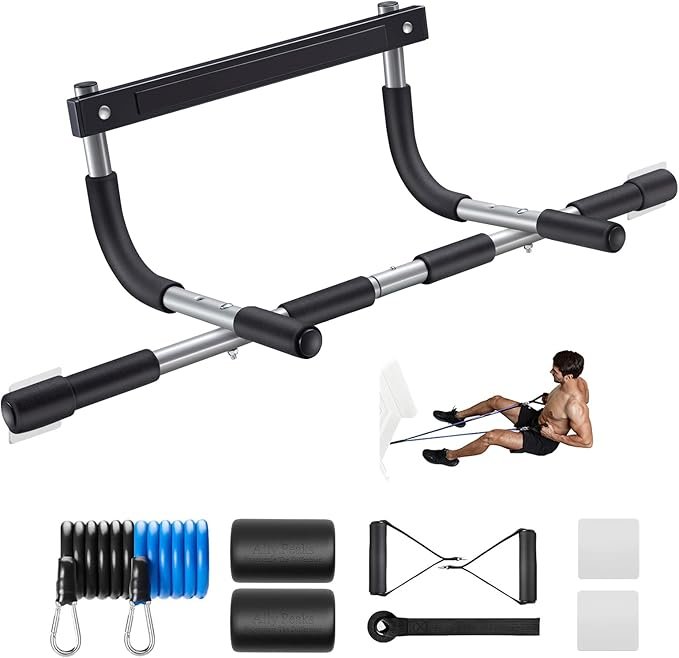The dream of a home gym is a powerful one. Imagine a space, entirely your own, where you can work out on your schedule, without the commute, the crowds, or the monthly fees. For many, this dream feels out of reach, shadowed by images of expensive squat racks, treadmills, and mirrored walls. But here’s the secret: building an effective, motivating home gym has very little to do with how much money you spend. This guide will show you how to create a home gym on a budget, transforming any corner of your home into a personal fitness sanctuary.
We’re going to bust the myth that you need thousands of dollars and a dedicated room. Building a smart, budget-friendly home gym is about intention, not inventory. It’s about choosing versatile, high-impact pieces that align with your specific goals.
This isn’t just a shopping list; it’s a complete blueprint. We’ll walk you through a phased approach, starting with a powerful setup for under $100, and show you how to strategically level up from there. Get ready to build the gym of your dreams, without breaking the bank.
Table of Contents

The Mindset Shift: Redefine What a “Home Gym” Means to You
Before you spend a single dollar, the most important step is a mental one. Let go of the commercial gym ideal. Your goal is not to replicate a Planet Fitness in your basement. Your goal is to create a space that removes friction and makes it easier for you to move your body consistently.
A “gym” is not a collection of machines. A gym is a place dedicated to the work of improving your physical self. That place can be a 6×6 foot square in your living room. The most effective budget home gyms are built with a clear purpose. Ask yourself:
- What are my primary fitness goals? (e.g., build muscle, improve cardio, increase flexibility, lose weight)
- What kind of movement do I actually enjoy? (e.g., high-intensity circuits, heavy lifting, yoga flows, dance cardio)
- How much space can I realistically dedicate? Be honest. A corner, a closet, a patch of the garage floor?
Your answers will guide every purchase, ensuring every piece of equipment is a tool for your success, not just clutter.
Phase 1: The Foundation — Your Sub-$100 Home Gym
This is the starting block. With these four versatile items, you can build a powerful, well-rounded fitness routine that covers both strength and cardio. This is the absolute best bang for your buck in the fitness world.
1. A Set of Quality Resistance Bands ($20-$30)
If you can only buy one thing, make it this. Resistance bands are the undisputed champion of versatility and portability. They provide resistance for your muscles to work against, just like weights do, but are lightweight, cheap, and take up virtually no space.
- Why They’re Essential: They can be used for everything: strength training (bicep curls, squats), mobility work, physical therapy exercises, and adding assistance or resistance to bodyweight moves (like pull-ups).
- What to Look For: Get a set of loop bands that includes multiple resistance levels (light, medium, heavy). This allows you to progress as you get stronger and use the right band for different muscle groups. For added versatility, consider a set with handles and a door anchor.
- Example Exercises: Bicep Curls, Tricep Extensions, Banded Squats, Glute Bridges, Bent-Over Rows, Pallof Press.

2. A High-Quality Exercise Mat ($25-$40)
Don’t underestimate the power of a good mat. It does more than just cushion your knees and back. Rolling out your mat is a powerful psychological cue that defines your workout space and signals to your brain that it’s time to work.
- Why It’s Essential: It provides comfort and hygiene for any floor-based exercise, from yoga and Pilates to push-ups and core work. A good mat provides grip, preventing you from slipping during dynamic movements.
- What to Look For: Look for a mat that is at least 5-8mm thick for good cushioning. A non-slip surface is non-negotiable. Pay attention to the length to ensure it fits your body.
- Example Exercises: Yoga, Pilates, Push-ups, Planks, Sit-ups, Glute Bridges, Stretching.
You can buy this exercise mat on your budget.

3. A Jump Rope ($10-$20)
Forget the treadmill. The jump rope is one of the most efficient, cheapest, and space-saving cardio tools on the planet.
- Why It’s Essential: It provides an incredible cardiovascular workout, improves coordination and agility, and burns a significant number of calories in a short amount of time. Ten minutes of jumping rope can be equivalent to thirty minutes of jogging.
- What to Look For: An adjustable-length speed rope is a great starting point. If you’re a beginner, a slightly heavier, beaded rope can provide better feedback to help you learn the rhythm.
- Example Exercises: Basic Jumps, High Knees, Double Unders, Criss-Cross.

4. A Single Kettlebell or Pair of Dumbbells ($30-$60)
This is your entry into real strength training with free weights. A single, moderately heavy kettlebell can be used for a full-body workout, while a pair of dumbbells is a classic for a reason.
- Why They’re Essential: Free weights are critical for building muscle and bone density. They engage stabilizing muscles and allow for a huge range of functional movements.
- What to Look For:
- Kettlebell: Choose a weight that challenges you for 8-12 reps of a goblet squat. For many women, a good starting point is 12-16 kg (25-35 lbs). For men, 16-24 kg (35-50 lbs).
- Dumbbells: If you get a pair, choose a weight that challenges you for bicep curls and overhead presses.
- Example Exercises:
- Kettlebell: Goblet Squats, Kettlebell Swings, Farmer’s Carries, Single-Arm Rows.
- Dumbbells: Bicep Curls, Overhead Press, Lunges, Bent-Over Rows.
Phase 2: Level Up Your Space — The Next $150
Once you’ve mastered the basics and built a consistent routine, you can strategically add a few more pieces to dramatically expand your exercise library.
5. A Doorway Pull-Up Bar ($30-$40)
The pull-up is one of the best upper-body exercises in existence. A simple doorway pull-up bar is an affordable way to bring this powerful movement into your home.
- Why It’s Essential: It’s the king of back and bicep developers. It also builds incredible grip strength and core stability. You can also hang from it for spinal decompression.
- What to Look For: Choose a sturdy, lever-style bar that doesn’t require screws. Ensure it has multiple grip options (wide, narrow, neutral).
- Example Exercises: Pull-Ups (use resistance bands to assist), Chin-Ups, Hanging Knee Raises, Bodyweight Rows (with feet on the floor).

6. An Adjustable Workout Bench ($80-$120)
This might be the single most impactful “next step” purchase you can make. A bench unlocks hundreds of new exercises and ensures you perform them with proper support and range of motion.
- Why It’s Essential: It allows you to perform pressing movements (like a dumbbell bench press), supported rowing movements, and a variety of core exercises. An adjustable bench lets you target muscles from different angles (incline press, etc.).
- What to Look For: Prioritize stability. It should not wobble. Look for one that can be easily adjusted between flat, incline, and (ideally) decline positions.
- Example Exercises: Dumbbell Bench Press, Incline Press, Single-Arm Rows, Bulgarian Split Squats, Crunches.

7. A Foam Roller ($15-$25)
Your home gym isn’t just for working out; it’s for recovery, too. A foam roller is your personal, on-demand massage therapist.
- Why It’s Essential: It helps relieve muscle tightness, soreness, and inflammation, and increase your joint range of motion. Taking care of your muscle tissue is key to long-term progress.
- What to Look For: A medium-density roller is a great starting point. High-density is more intense. Look for a size around 36 inches for versatility.
- Example Exercises: Rolling out your Quads, Hamstrings, Calves, Upper Back, Lats.
How to Create a Home Gym on a Budget: Pro-Level Secrets
Now let’s talk about the strategies that will save you the most money and yield the best results.
Buy Used, Not Abused
Facebook Marketplace, Craigslist, and local secondhand sporting goods stores (like Play It Again Sports) are goldmines for gym equipment. People frequently sell high-quality gear for pennies on the dollar.
- What to look for: Iron weights (dumbbells, kettlebells, plates) are practically indestructible. Inspect benches and racks for rust and structural integrity. Be wary of complex machines with lots of moving parts.
Embrace DIY Solutions
For some items, you don’t need to buy anything at all.
- Sandbags: An old duffel bag or backpack filled with sandbags from a hardware store makes for an incredible, unstable load for squats, carries, and presses.
- Water Jugs: A gallon of water weighs about 8.3 pounds. Use them for curls, raises, and other light-weight exercises.
- Furniture Sliders: Use these on a carpet or hardwood floor for incredibly challenging core exercises like body saws and pikes.
Your Body is the Best Equipment
Never forget that you already own the most versatile piece of fitness equipment: your own body. A routine based on push-ups, squats, lunges, planks, and burpees is incredibly effective and 100% free.
Putting It All Together: Designing Your Budget Gym Space
You have the gear, now where does it go?
- Define the Zone: Use your exercise mat to anchor your space. This visually and mentally separates it from the rest of the room.
- Go Vertical with Storage: Use simple wall hooks to hang your bands and jump rope. A small, sturdy shelf can hold your weights. This keeps the floor clear and makes the space feel organized and intentional.
- Add a Mirror: A cheap, full-length mirror from a store like Target or Walmart is a fantastic investment. It helps you check your form and makes a small space feel bigger and more like a real gym.
Your Gym is Built with Intention, Not Money
We’ve shown you how to create a home gym on a budget, but the real secret is understanding that the equipment is just a tool. Your consistency, effort, and commitment are what will truly build your strength and health. You don’t need to wait until you have more space or more money. You can start today, with a mat and your own body, and build from there.
Create a space that invites you in. Put on your favorite music, roll out your mat, and celebrate the fact that you have built your very own personal sanctuary of strength and wellness.
You’ve seen our list of budget-friendly essentials, but the community always has the best hacks!
What is the most surprisingly useful piece of budget-friendly gear in your home gym? Share your top tip in the comments below!